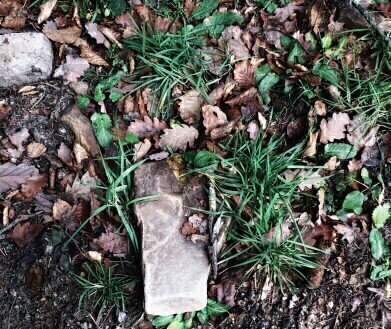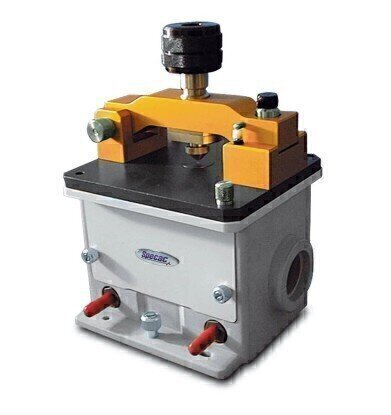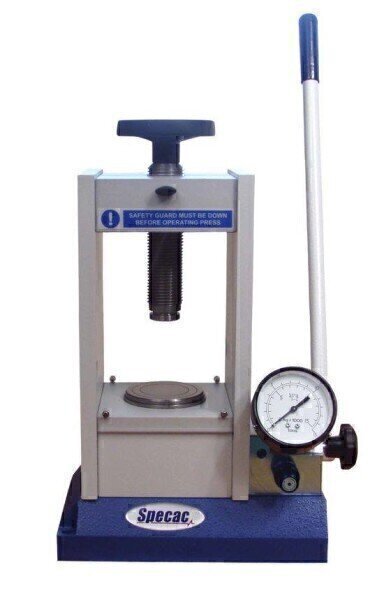Mass Spectrometry & Spectroscopy
Soil analysis with spectroscopy equipment
Jul 11 2016
Specac equipment has always been in high demand for various soil testing practices.
From soil spectroscopy analysis to the preparation of soil samples, Specac products are being used in various related applications.
But what are they testing soil for? Read these examples of Specac featured in soil analysis.
Harmful heavy metals in soil
There is a normal level of natural ionizing radiation, present in soils, rocks, air, water, the human body, even food. We're used to it, along with most living things on the planet.
But heavy metals are so dense and chemically toxic that they can have a very radioactively adverse effect on the health of people, animals and plant life.
In a study featured in Soil Remediation and Plants: Prospects and Challenges, the soils of Bangladesh were analysed for heavy metals and other radioactive contaminants. In this part of the world, agricultural areas are particularly vulnerable to soil contamination from industrial sites, due to the large movement of polluted water, from rivers, through crop irrigation.
"The uptake of heavy metal by plants or food crops from the soil to biota and its impacts on the human health in Bangladesh has been rarely reported" (Hakeem, Sabir, and Ozturk, 2014).
Soil samples from an area around the city of Dhaka and other rural areas of the country, along with a range of leafy and non-leafy plants and vegetables, were collected randomly in triplicate. Our pellet pressing equipment was used in the preparation of the sample.
"For irradiation of the sample with an X-ray beam, 2g of each powdered material was pressed into a pellet of 25 mm diameter with a pellet maker (Specac). The precision and accuracy were checked" (Hakeem 2015).
Iron, lead, manganese and zinc were among the most common metals found in soil samples, although iron may well have been partly common due to high levels of natural regional occurrence.
Forensic soil analysis
By using FTIR and multivariate analysis, soil provenance can be determined to either link a suspect or object to a known crime scene, or identify the location of an unknown crime scene.
The University of Lincoln, UK carried out an FTIR and multivariate analysis study of soil for forensic purposes.
Soil samples were taken from Lincoln woodland, to a depth of 10 cm with a soil corer. The samples were then air dried, sieved, grinded and sieved again.
The samples were "measured directly on a Golden Gate ATR accessory (Specac) housed in a Perkin-Elmer Spectrum 100 FTIR spectrometer" (Lincoln University. 2010).
The ATR method appears to distinguish samples clearly enough that "a PC model could be used to discriminate between sampling locations at the same site."
References
- Hakeem, K.R., Sabir, M. and Ozturk, M. (eds.) (2014) Soil remediation and plants: Prospects and challenges. United States: Academic Press.
- Lincoln University. 2010. The forensic analysis of soil by FTIR with multivariate analysis. [ONLINE] Available at: https://ilmt.co/PL/dWKV. [Accessed 27 May 2016].
Digital Edition
Lab Asia 31.2 April 2024
April 2024
In This Edition Chromatography Articles - Approaches to troubleshooting an SPE method for the analysis of oligonucleotides (pt i) - High-precision liquid flow processes demand full fluidic c...
View all digital editions
Events
May 05 2024 Seville, Spain
InformEx Zone at CPhl North America
May 07 2024 Pennsylvania, PA, USA
May 14 2024 Oklahoma City, OK, USA
May 15 2024 Birmingham, UK
May 21 2024 Lagos, Nigeria













.jpg)






